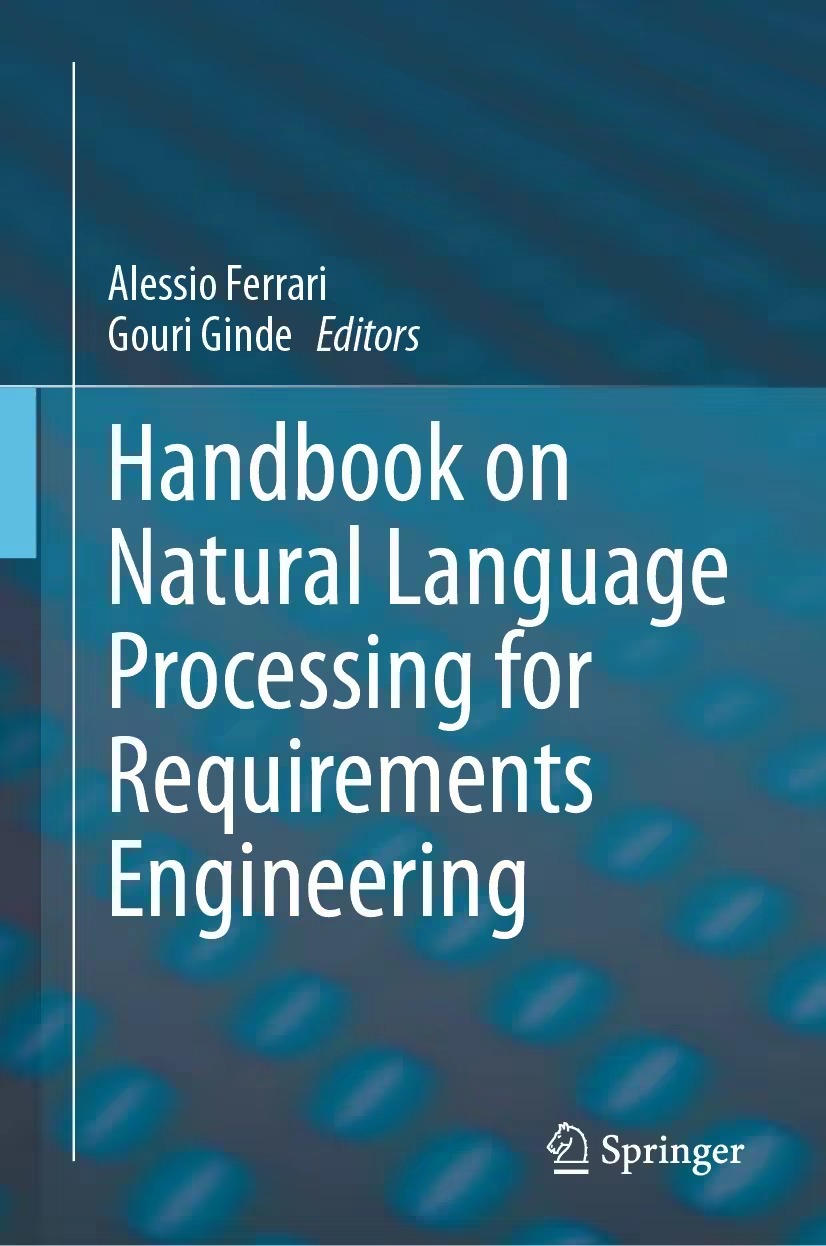

Most ebook files are in PDF format, so you can easily read them using various software such as Foxit Reader or directly on the Google Chrome browser.
Some ebook files are released by publishers in other formats such as .awz, .mobi, .epub, .fb2, etc. You may need to install specific software to read these formats on mobile/PC, such as Calibre.
Please read the tutorial at this link: https://ebookbell.com/faq
We offer FREE conversion to the popular formats you request; however, this may take some time. Therefore, right after payment, please email us, and we will try to provide the service as quickly as possible.
For some exceptional file formats or broken links (if any), please refrain from opening any disputes. Instead, email us first, and we will try to assist within a maximum of 6 hours.
EbookBell Team

5.0
78 reviewsThe book features contributions from researchers with both academic and industrial experience. It is organized into three parts, each focusing on different aspects of applying NLP to RE: Part I – NLP for Downstream RE Tasks delves into the application of NLP techniques to tasks that are typically part of the RE process. It includes chapters on NLP for requirements classification, requirements similarity and retrieval, requirements traceability, defect detection, and automated terminology and relations extraction. Next, Part II – NLP for Specialised Types of Requirements and Artefacts explores how NLP can be tailored to handle specific requirement types and artefacts. The chapters cover legal requirements processing, privacy requirements acquisition and analysis, user feedback intelligence, mining issue trackers, and analysis of user story requirements. Eventually, Part III – NLP for RE in Practice addresses practical applications and tools for implementing NLP in RE. It includes a chapter on the different tools that use NLP techniques for RE tasks, followed by chapters on empirical evaluation of tools, practical guidelines for selecting and evaluating NLP techniques, guidelines on using large language models (LLMs) in RE, and dealing with data challenges in RE.